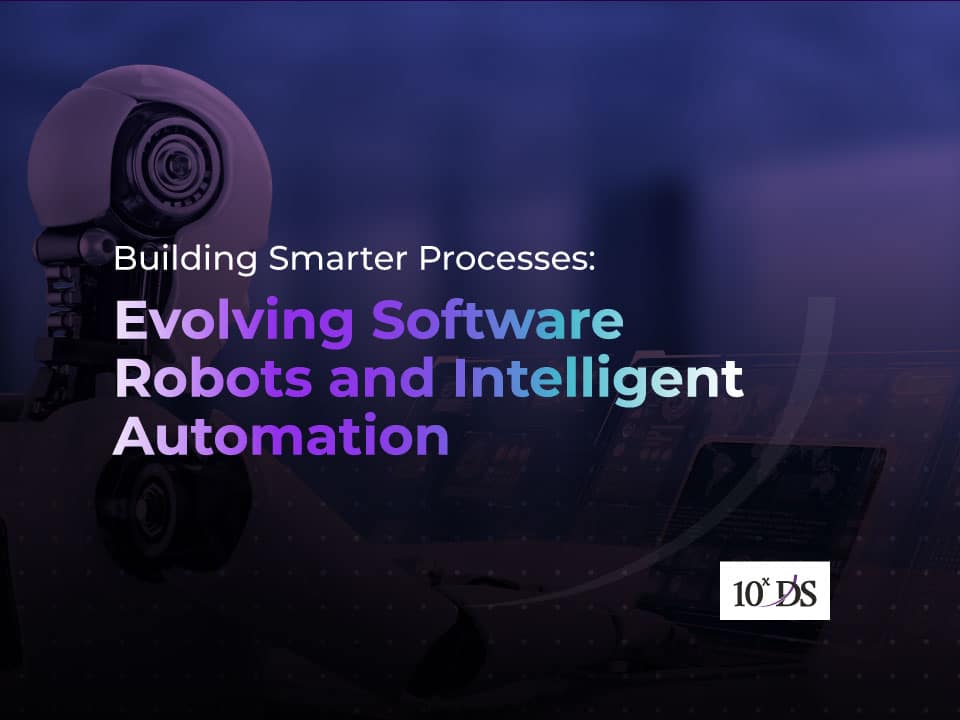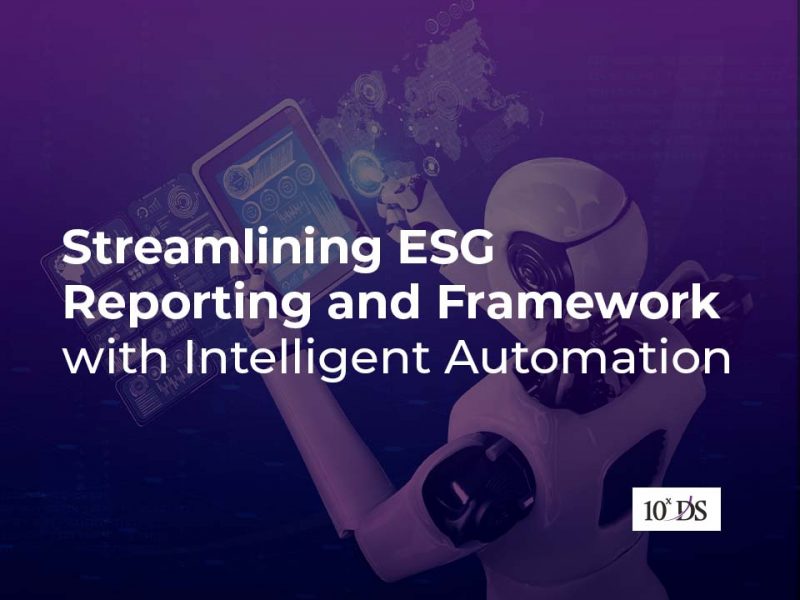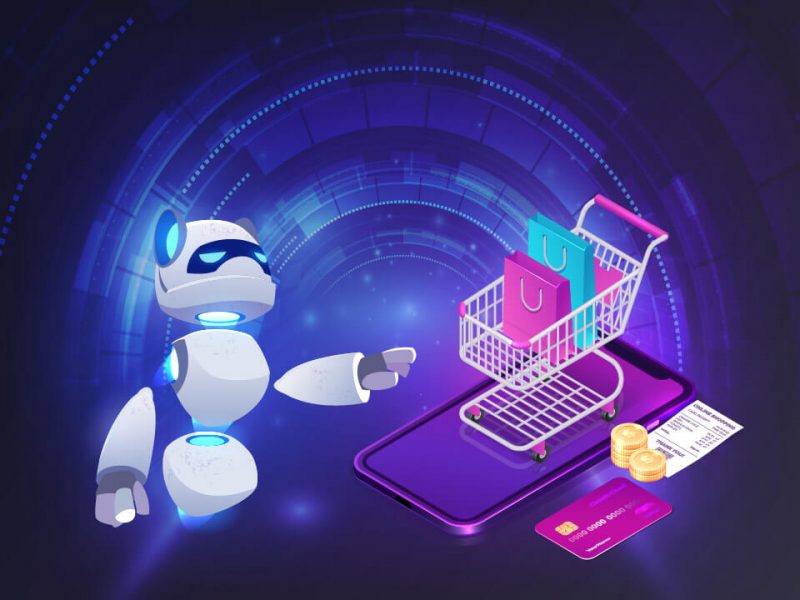
Building Smarter Processes: Evolving Software Robots and Intelligent Automation
The evolution of process automation has witnessed a remarkable transformation from manual tasks to advanced technologies. Initially, it involved simple mechanization and basic machinery to streamline repetitive tasks. Over time, it progressed to more sophisticated systems that incorporated early forms of computerization and basic software automation. With the advent of computing power and software development, business process automation (BPA) became more prevalent. This phase involved automating specific tasks or workflows within organizations using software solutions. It aimed to improve efficiency, reduce errors, and enhance productivity by replacing manual intervention with automated actions.
As technology advanced further, robotic process automation (RPA) emerged, enabling the automation of complex business processes. RPA involves the use of software robots or “bots” that mimic human actions to interact with multiple systems, perform tasks, and handle data. These bots can handle rule-based, repetitive tasks, freeing up human workers to focus on more strategic and creative endeavours. While RPA bots are designed to automate rule-based tasks, they may encounter exceptions or scenarios that require human intervention. Bots may also need guidance when faced with complex scenarios, ambiguous data, or tasks that involve subjective analysis. Human intervention is necessary to review and make necessary adjustments to ensure the RPA solution remains aligned with the evolving requirements. RPA also faces challenges when dealing with unstructured data such as handwritten documents, scanned images, or non-standardized formats. The level of human intervention in RPA can vary depending on the complexity of the tasks being automated and the specific capabilities of the RPA solution. The goal was to strike a balance between automated efficiency and the need for human expertise when tackling challenging or nuanced aspects of the process.
These challenges are to be overcome with the next phase of process automation which involved the integration of artificial intelligence (AI) and machine learning (ML) techniques. This allowed systems to learn and adapt based on data patterns, enabling more intelligent decision-making and automation. AI-powered automation can handle unstructured data, natural language processing, and cognitive tasks that previously required human intervention. Today, process automation is evolving into intelligent automation (IA) or hyper-automation. IA combines RPA, AI, ML, and other technologies like optical character recognition (OCR) and natural language processing (NLP) to automate end-to-end business processes. It aims to automate not only routine tasks but also complex, judgment-based activities that were traditionally considered beyond the scope of automation.
Here are some examples of how intelligent automation can enable touch-free RPA processes:
1. Cognitive Document Processing
Intelligent automation can use OCR (Optical Character Recognition) and NLP (Natural Language Processing) technologies to extract data from unstructured documents like invoices, receipts, or forms. This eliminates the need for manual data entry and enables touch-free processing of such documents.
2. Intelligent Data Validation
With AI capabilities, intelligent automation can automatically validate and verify data by cross-referencing it with external sources or predefined rules. This ensures data accuracy without human intervention, making the process touch-free and error-free.
3. Automated Exception Handling
Intelligent automation can use AI algorithms to handle exceptions and error scenarios without human involvement. By analysing patterns and historical data, the system can make informed decisions and take appropriate actions, reducing the need for manual intervention.
4. Cognitive Decision-Making
Through machine learning algorithms, intelligent automation can learn from historical data and make complex decisions based on predefined rules. This allows touch-free decision-making in scenarios that would typically require human judgment and expertise.
5. Self-Learning and Adaptation
Intelligent automation systems can continuously learn and improve over time. By leveraging machine learning techniques, they can adapt to changing conditions, optimize processes, and adjust without human intervention. This enables touch-free optimization and evolution of RPA processes.
6. Chatbot Integration
Intelligent automation can integrate chatbot capabilities, enabling touch-free interactions with users or customers. Chatbots can handle inquiries, provide information, and perform certain tasks without human involvement, enhancing the touch-free nature of the RPA process.
7. Predictive Analytics
By utilizing AI algorithms, intelligent automation can analyse historical data to make predictions and recommendations. This enables proactive decision-making and automated actions based on anticipated future events, minimizing the need for human intervention.
The future of intelligent automation is poised to revolutionize industries and redefine the way work is performed. Advancements in technologies like artificial intelligence (AI), machine learning (ML), natural language processing (NLP), and robotic process automation (RPA) will propel intelligent automation to new heights. We can expect to witness increased adoption of intelligent automation across sectors as organizations realize its potential to streamline processes, enhance productivity, and drive cost savings. Hyper-automation, which combines multiple automation technologies, will enable end-to-end automation of complex workflows and decision-making, paving the way for more seamless and efficient operations. Autonomous systems will emerge, capable of self-learning, adaptive decision-making, and autonomous problem-solving, with minimal human intervention. The integration of intelligent automation with process mining will provide organizations with deeper insights, enabling proactive process improvements. Collaboration between humans and bots will become the norm, with automation systems augmenting human capabilities and freeing up employees to focus on higher-value tasks. Responsible automation will gain prominence, with a focus on ethics, data privacy, transparency, and accountability. Overall, the future of intelligent automation holds tremendous promise in transforming industries, creating new opportunities, and shaping the future of work.
Talk to our experts to know more.


